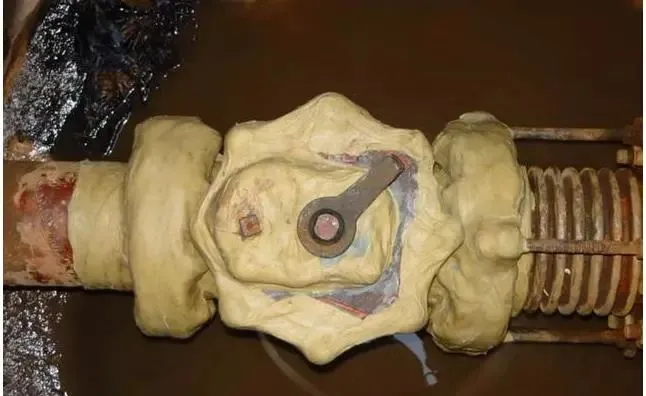The introduction of corrosion fatigue
1.
The definition of corrosion fatigue
Corrosion fatigue is a kind of corrosion that occurs under the combined effect of cyclic stress of equipment and the corrosive environment, involving many industrial sectors such as propeller, shaft, rudder, aircraft component, automobile spring and mining rope sectors. Metal materials like stainless steel which has good corrosion resistance can also have corrosion fatigue in the harmless media like tap water.
Corrosion fatigue of the
valve is a dangerous form of destruction, because the time and location of its occurrence are difficult to predict in advance. Corrosion fatigue not only occurs in activated state of metal materials, but also occurs in the passive state of metal materials. In certain conditions, some measures can be taken in structural design, material selection, manufacture and operation to control corrosion fatigue of the components to a certain extent.
2.
The characteristics of corrosion fatigue
Corrosion fatigue is different from pure mechanical fatigue in the gas phase, and a series of features indicate that corrosion fatigue is related to electrochemical corrosion but far more severe than simply superimposed stress and corrosion.
(1)
Apparent fatigue limits
In practical work, it is assumed that the stress under a certain cycle number N of alternating stress is the ultimate stress of corrosion fatigue. As long as the N is taken large enough, the equipment can be used safely within the service life. This kind of stress is called the apparent fatigue limit.
(2)
Not specific corrosive environment
Corrosion fatigue can happen, as long as the environment has a corrosive effect on the equipment, coupled with the role of cyclic stress, which make corrosion fatigue different from stress corrosion.
(3)
Crack patterns
Most of the cracks caused by corrosion fatigue are often formed in the form of transgranular patterns. With the development of the corrosion fatigue process, width of the crack will increase. The crack will branch into different parts. This is because the crack is corroded during the expansion process.
3.
Standards of corrosion fatigue
(1) GB/T 20120.1-2006
The corrosion fatigue test for metals and alloys, part 1: The cyclic failure test GB/T 20120.2-2006
The corrosion fatigue test for metals and alloys, part 2: The pre-crack test crack expansion test
(2) ISO 11782-1-1998
The corrosion fatigue test for metals and alloys, part 1: The cyclic failure test ISO 11782-2-1998
The corrosion fatigue test for metals and alloys, part 2: The pre-crack test crack expansion test
(3) EN ISO EN 11782-1-2008
The corrosion fatigue test for metals and alloys, part 1: the fatigue testing cycle EN ISO 11782-2-2008
The corrosion fatigue test for metals and alloys, part 2: the crack expansion test using broken specimens

